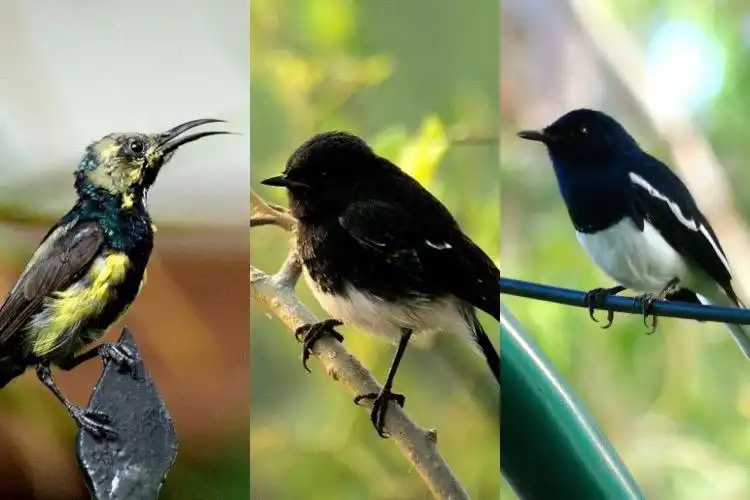
Shaista Fatima/ New Delhi
While winter is a delightful season for bird watchers as over 400 species migrate from Europe for nesting and breeding to various locales across north India including the Okhla Bird sanctuary in the capital, environmentalists worry that the impact of climate change is hindering this natural phenomenon.
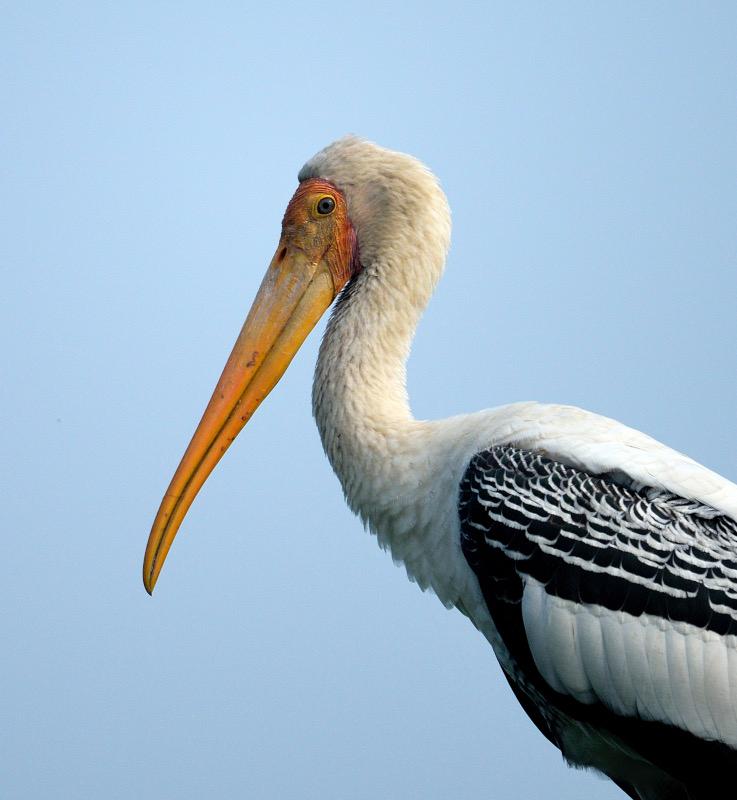
Painted Stork, Migratory bird (courtesy Prerna Jain)
Prerna Jain, the author of the coffee table book “My Feathered Friends", says, “no doubt the quantity of birds has decreased in the recent years due to ever-shifting climate."
She says how the decreased and delayed migration of birds can upend the ecosystem cycle. “Birds are very important for the ecosystems. They are an integral part of the food chain. They eat insects, fruits, and seeds and help in the distribution of seeds. Some small birds help in pollination..."
On the road linking Delhi to Noida is a wildlife habitat called Okhla Bird Sanctuary, which every year witnesses a flight of migratory birds during the winter.
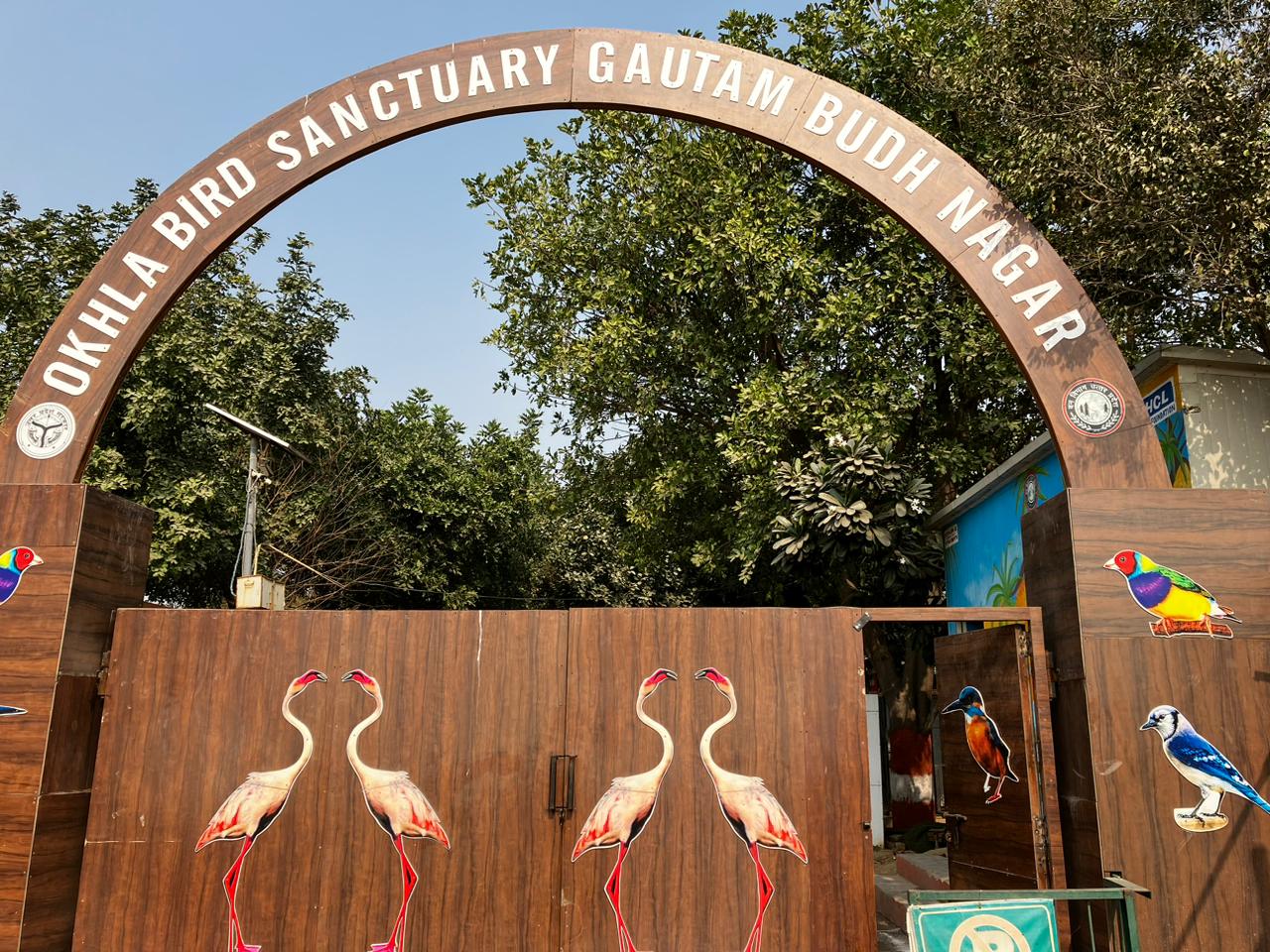
Okhla Bird Sanctuary
Tahseen, a first-year Biotech student at Jamia Millia Islamia University says, “It is a natural habitat amidst the concrete buildings, listening and watching birds calms my anxiety, it feels fresh coming here.”
Adil and Rabia, Bachelor of Fine Arts students at JMI say, “It is heaven for us artists, we often go there to capture live subjects.”
As one enters the Bird Sanctuary from gate number 1, a straight trail of 4 km with the river Yamuna on the left-hand side and wildlife habitat on the right meets the eye.
.jpg)
Visuals from Okhla Bird Sanctuary
With the sound of birds and chirping of squirrels, the habitat is spread over 400 acres and is a breath of fresh air among the otherwise high-rise buildings.
On a given weekend the habitat is filled with visitors and usually with bird watchers in the wee hours of the mornings. Various schools can be seen touring on a given weekday.
The sanctuary is well equipped with towers and a nature trail for bird watching, the officials at the Okhla Bird Sanctuary talking to Awaz the Voice said, “as and when the temperature goes down, the number of migratory birds would increase.”
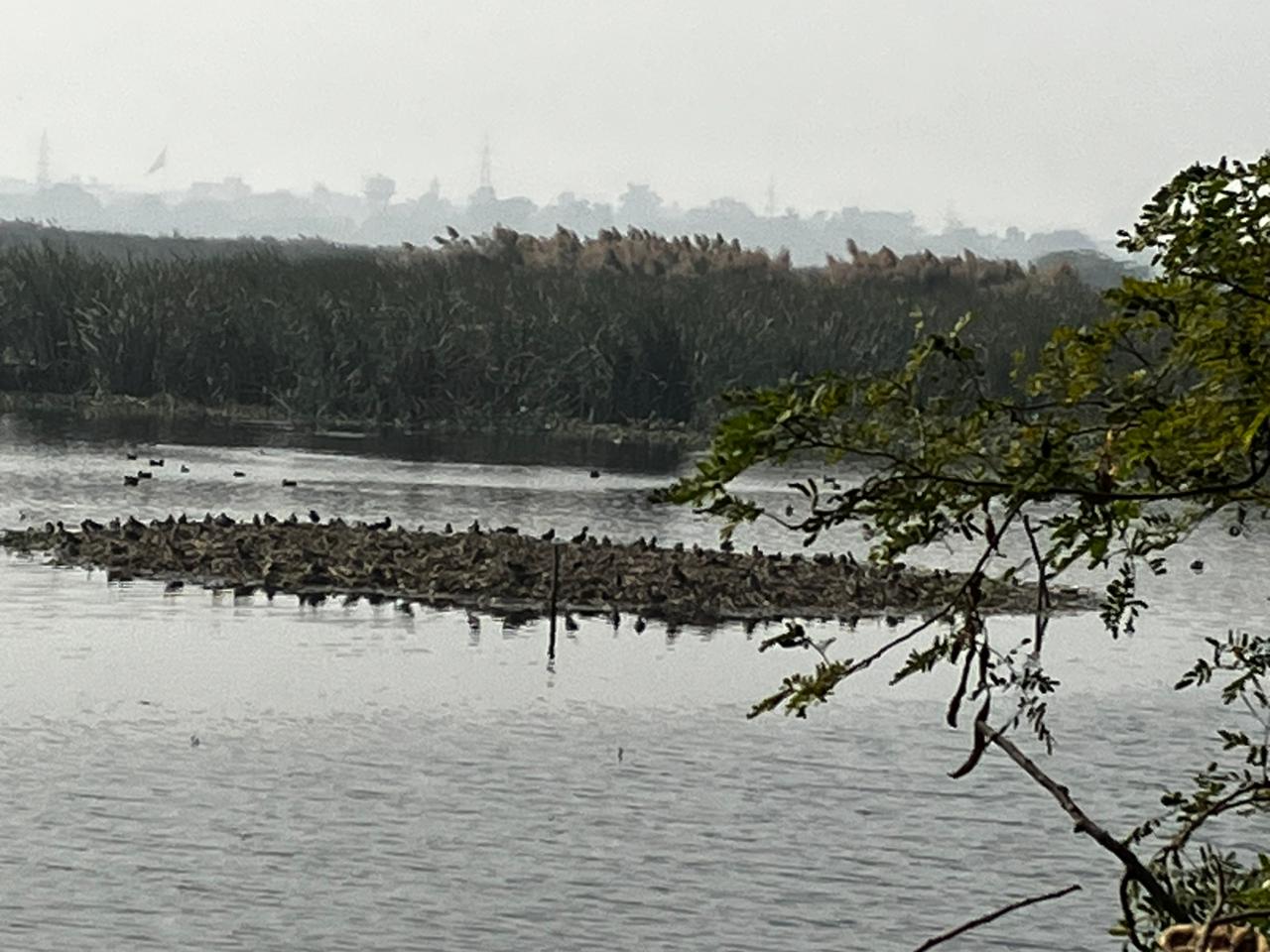
Pochard Breeding at Okhla Bird Sanctuary
The officials added that it is usually in January that a final count of birds is done, “we segregate the residential birds from migratory birds in January as by that time the birds are well settled in their nests.”
Birds like Greylag Goose, Shoveler, Ferruginous Duck aka Ferruginous Pochard, Pelicans, and Siberian Crane are the commonly found migratory birds in the habitat. They fly all through Europe to rest and nest in India. The birds leave their native place due to harsh winter conditions. “Birds like Painted Storks and Flamingos have made their homes at the Sanctuary; they have been nesting and breeding here for the past 4 years…”
Winters mean nesting for many birds and so one may think about the nutrition that is required while taking care of one’s family but the play cards in green at the Okhla Bird Sanctuary clearly says, “do not feed the birds”, the officials say, “we are trying to keep it as organic as possible, we do not believe in interfering with the nature, we are their support system but we do not wish to control the ecosystem…”
The officials were quoted saying, “there is plenty of vegetation available for the birds, like figs, hyacinth, sea snakes and so on…”
While the officials of the Bird Sanctuary are hopeful about the coming migratory birds, Prerna, who with her telescopic lens can be seen capturing details of birds in Nalsarovar, Sultanpur Bird Sanctuary, Bharatpur Bird Sanctuary, Okhla Bird Sanctuary, Delhi Zoo, and even in small villages has another story to narrate.
She says, "There are certain flowers that blossom in certain periods, now the delay in incoming of birds means a delay in pollination via these birds, thus delay in everything else that follows.”
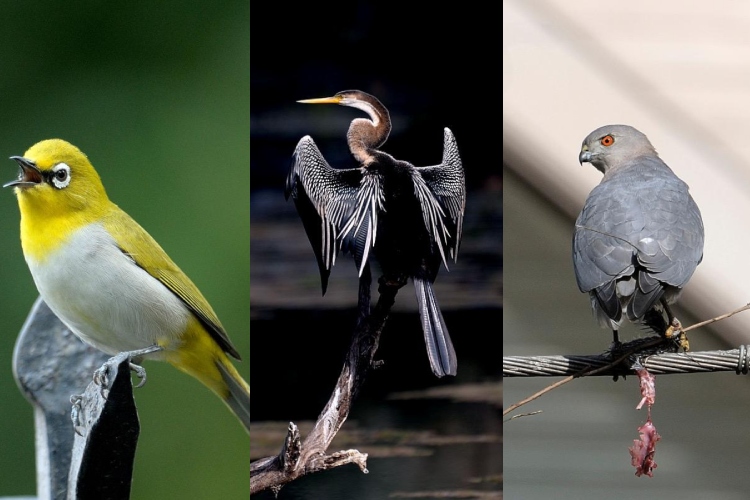
Oriental White-eye (L), Oriental Darter (M), Shikra(R) (Courtesy:Prerna Jain)
About the impact of climate change that has affected the migration of birds she says, “see, birds migrate all over the world, it is usually to escape the harsh conditions of their native land, I don't know if anyone has done a study on the impact of climate change on the migration of birds in India but according to a study in the United States, birds are not keeping pace with the climate change..”
She adds that this could lead to a mismatch between the time when birds arrive on their breeding territories and the dates for the blooming of flowers, breeding patterns of insects, and other resources that are important for migratory birds.
Throwing light on the precarious situation and its solution, she says,” there is not an easy solution at all. The humans of the world need to behave, they have to act like responsible citizens of the earth…”
She adds, “We need to use public transport, shift to electric vehicles, and use non-motorized transport wherever possible. We need to halt deforestation and try to rebuild damaged ecosystems. I have seen the positive impact of one such effort in the Ibera Wetlands of Argentina…”
She recalls a time when in her garage at her home in Greater Kailash, a peahen decided to raise her offspring, “oh that was wonderful, I could not believe my eyes, I clicked some thousand pictures of the family…
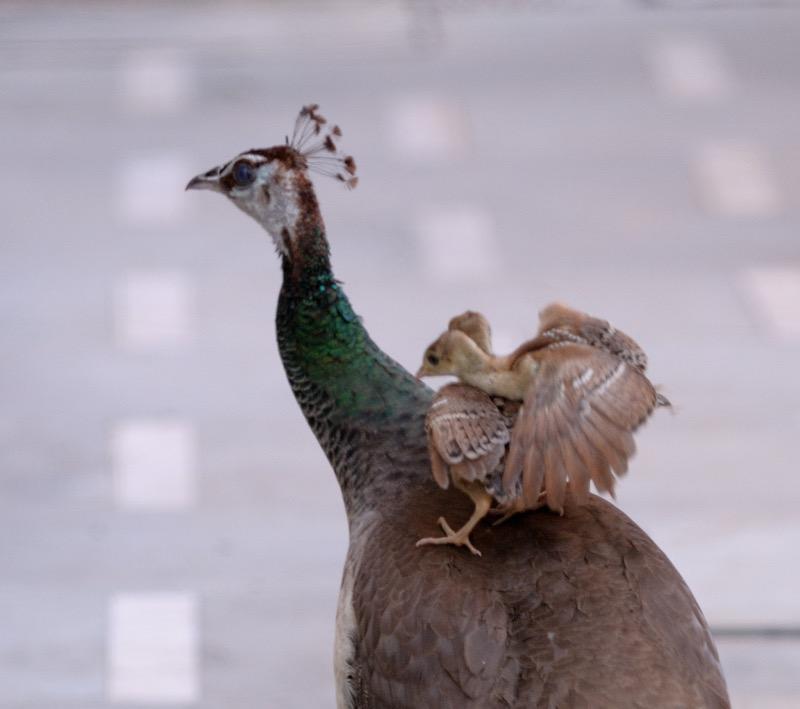
Peahen with chicks in Prerna Jain's Backyard
“The mesmerizing call of the beautiful Coppersmith Barbet was my favourite bird call. Every morning I would place my camera on my balcony and click lots of pictures of beautiful birds. This is how I fell in love with my feathered friends…”, she adds.
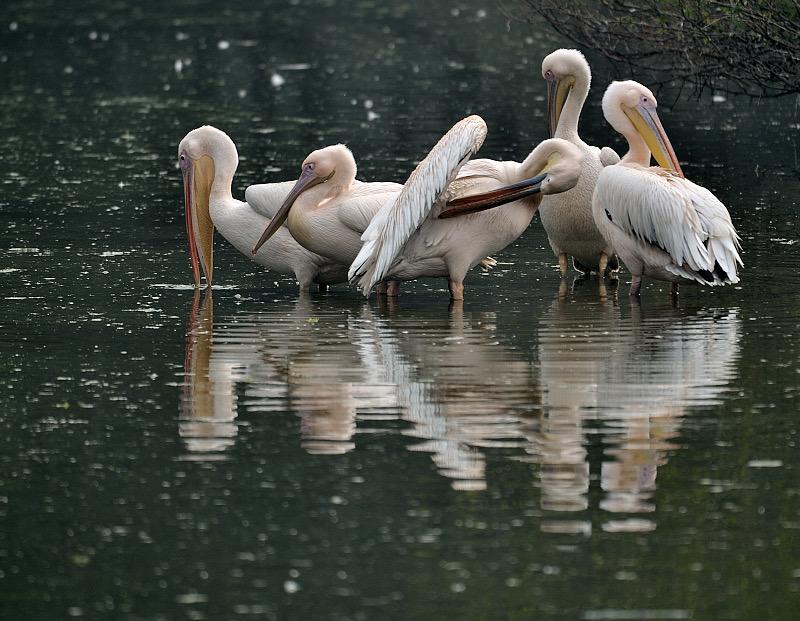
Pelicans, migratory birds, Delhi, Courtesy: Prerna Jain
Her interest in bird watching peaked when she started noticing the world from behind her lens and small creatures appeared life-size, “I used to call Silver Bill “the silver sparrow” or a Rufous Treepie “the mustard colour bird”, thus my curiosity compelled me to do more research and learn the nitty-gritty of the birds…”
.jpg)
Purple Sunbird, Sarus Cranes (Courtesy Prerna Jain)
She said, “our locality had this beautiful natural habitat, but it was converted into an apartment block recently, before that my day kickstarted with the chirping of the birds, I witnessed Red-Vented bulbuls, the Red-whiskered Bulbuls, the Jungle Babblers, the Oriental Magpie Robins and many more…”
ALSO READ: How do you brew your coffee?
